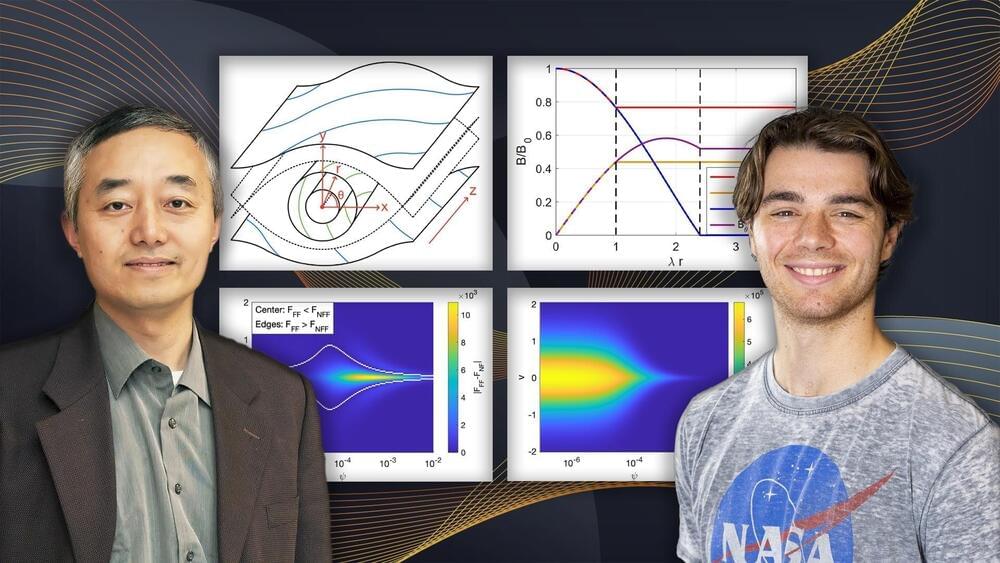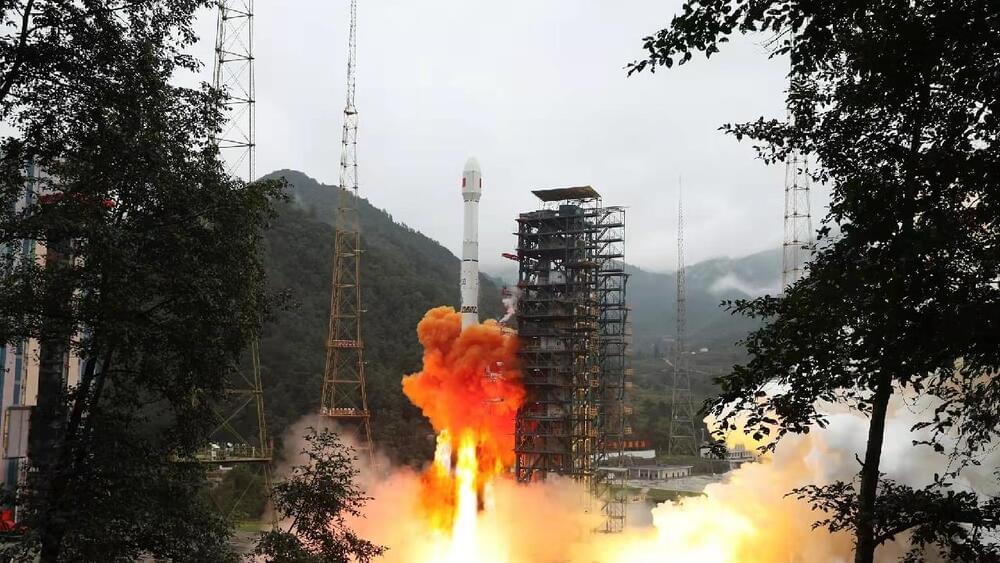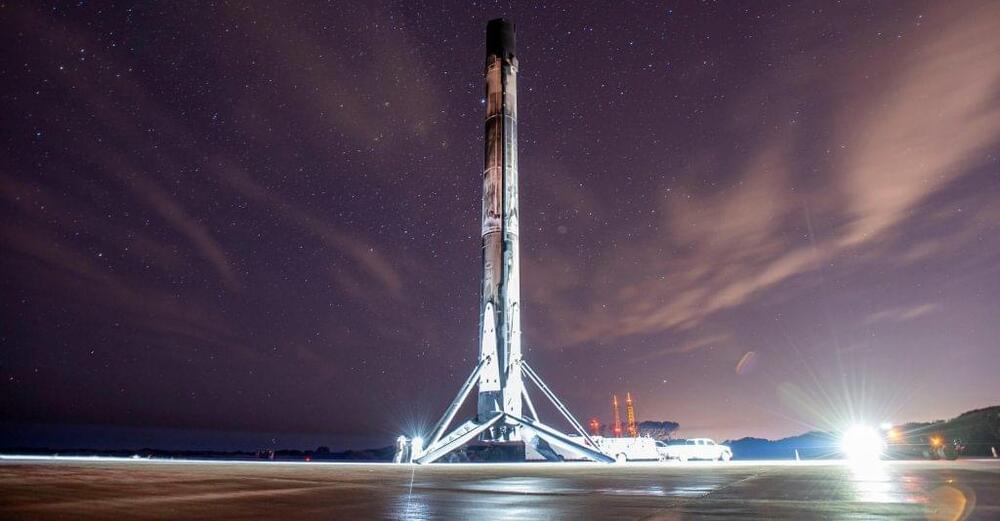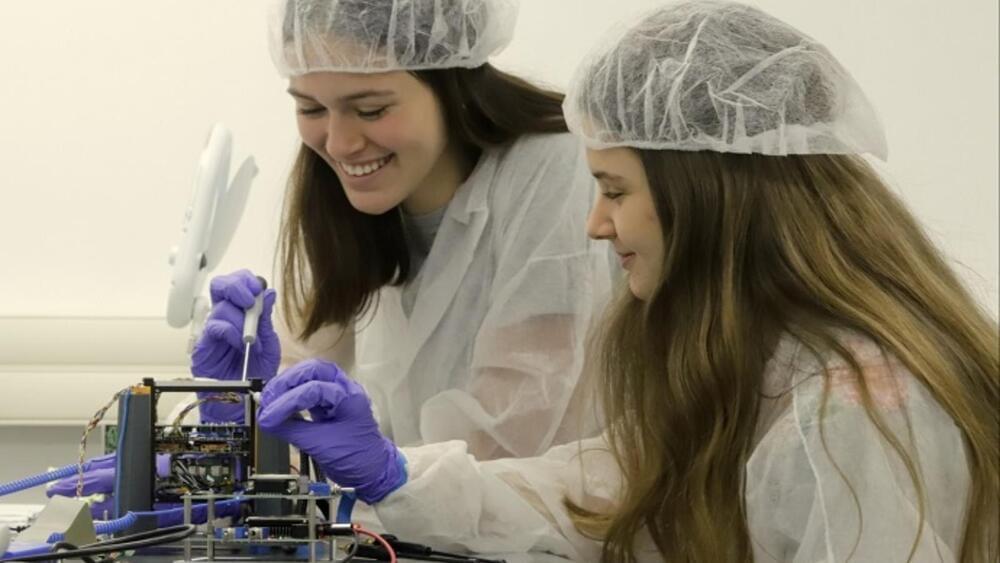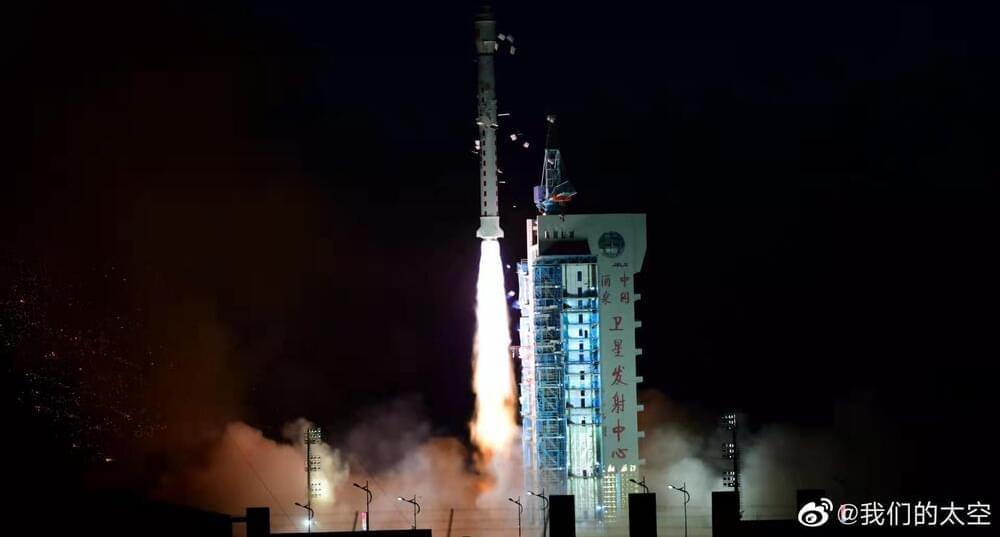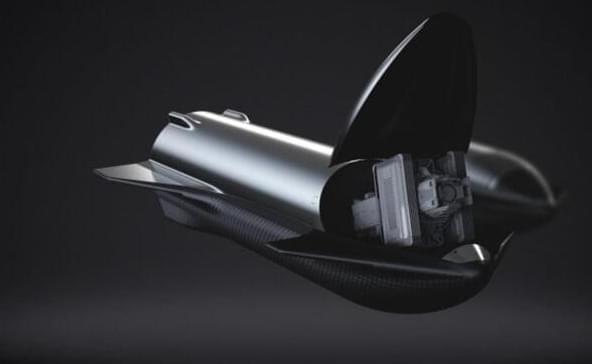Feb 4, 2022
New insight into blobs improves understanding of a universal process
Posted by Saúl Morales Rodriguéz in categories: computing, mobile phones, satellites
Researchers at the U.S. Department of Energy’s (DOE) Princeton Plasma Physics Laboratory (PPPL) have gained insight into a fundamental process found throughout the universe. They discovered that the magnetic fields threading through plasma, the charged state of matter composed of free electrons and atomic nuclei, can affect the coming together and violent snapping apart of the plasma’s magnetic field lines. This insight could help scientists predict the occurrence of coronal mass ejections, enormous burps of plasma from the sun that could threaten satellites and electrical grids on Earth.
The scientists focused on the role of guide fields, magnetic fields threading through plasma blobs, or chunks, known as plasmoids. The guide fields add rigidity to the system and ultimately affect the ratio of large plasmoids to small ones and help determine how much reconnection occurs.
Plasmoid reconnection resembles the parallel computing that occurs in smart phones or in high-powered computers that model the weather. During this computing, many processors are calculating simultaneously and making the overall calculation rate quicker. Similarly, plasmoids speed up the overall rate of reconnection by making it occur in many places at once.
